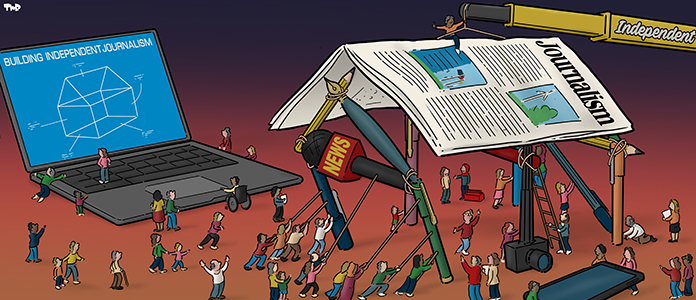Nobody ever dreamed it would happen, but now he's really done it: on 2 April, US President Donald Trump imposed a punishing salvo of tariffs on (almost) the entire world - including the European Union. According to the US executive, the (much-criticized) measure is intended to equalize the tariffs imposed on his own country - and thus respond to the economic “pillage” which it has allegedly suffered for decades. This return to protectionism, orchestrated with the declared aim of bringing industries back across the Atlantic and twisting the arm of the rest of the world, has led to widespread market collapse and fears of a destructive impact on the economies of countries facing the heaviest tariffs, as well as that of the United States. It also marks the end of globalization as we have known it for the last thirty years.
While the EU, whose exports are hit by 20 percent tariffs, has promised to react, it is still hesitating about the intensity of its response, and hopes to find a diplomatic path out of the economic conflict that looms on the horizon. On April 9, an initial round of retaliatory measures was adopted. It will enter into force on 15 April and should be followed by a second round in mid-May.
Do you like our work?
Help multilingual European journalism to thrive, without ads or paywalls. Your one-off or regular support will keep our newsroom independent. Thank you!













Join the discussion
Become a member to translate comments and participate